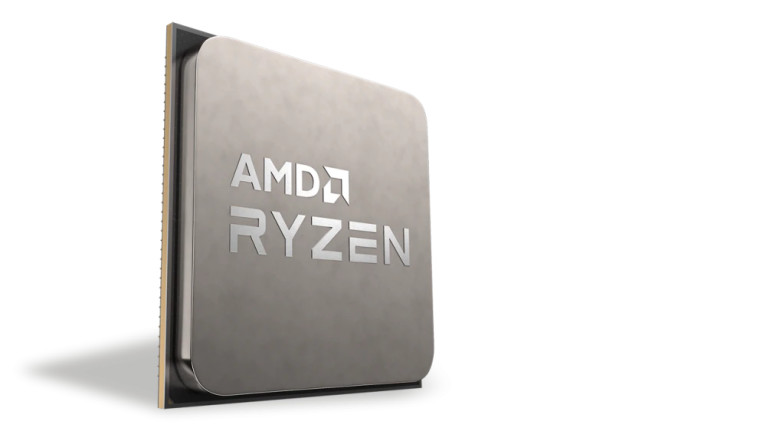- Aug 17, 2014
- 11,114
For a month or two now, AMD's Ryzen processors have been found stuttering (via Reddit) or freezing on Windows 10 and 11 systems with firmware TPM (fTPM) enabled. Today AMD has published an advisory after determining what was causing these problems.
According to the company, the hangs and stutters are being caused by extended memory transaction operations inside the Serial Peripheral Interface (SPI) flash ROM.
Alongside that, the advisory also contains a temporary workaround. Plus the company has also stated that a permanent fix for the issue is coming via the AMD Generic Encapsulated Software Architecture (AGESA) update version 1207, which will be released later in the year in May. Basically, users will have to update their motherboard firmware when this comes out.AMD has determined that select AMD Ryzen™ system configurations may intermittently perform extended fTPM-related memory transactions in SPI flash memory (“SPIROM”) located on the motherboard, which can lead to temporary pauses in system interactivity or responsiveness until the transaction is concluded.

AMD PCs are stuttering on Windows 10 and 11 due to fTPM bug, temporary workaround out
AMD has published an official advisory that explains why Ryzen CPUs have been stuttering on Windows 10 and 11 systems. Aside from that, the firm has also provided a workaround and more.
Source: https://www.amd.com/en/support/kb/faq/pa-410
- Update: Affected PCs will require a motherboard system BIOS (sBIOS) update containing enhanced modules for fTPM interaction with SPIROM. AMD expects that flashable customer sBIOS files to be available starting in early May, 2022. Exact BIOS availability timing for a specific motherboard depends on the testing and integration schedule of your manufacturer. Flashable updates for motherboards will be based on AMD AGESA 1207 (or newer).
- Workaround: As an immediate solution, affected customers dependent on fTPM functionality for Trusted Platform Module support may instead use a hardware TPM (“dTPM”) device for trusted computing. Platform dTPM modules utilize onboard non-volatile memory (NVRAM) that supersedes the TPM/SPIROM interaction described in this article.
- COMPATIBILITY: Please check with your system or motherboard manufacturer to ensure that your platform supports add-in dTPM modules before attempting or implementing this workaround.
- WARNING: If switching an active system from fTPM to dTPM, it is critical that you disable TPM-backed encryption systems (e.g. BitLocker Drive Encryption) and/or back up vital system data prior to switching TPM devices. You must have full administrative access to the system, or explicit support from your IT administrator if the system is managed. For more information on transferring ownership to a new TPM device, please visit this Microsoft webpage.
Last edited:

